Sigi Koko of Down to Earth Designs shares her top tips for designing and building a low-cost, high-performing living green roof.
A living roof, or green roof, describes a system that allows plants to thrive on the surface of rooftop without access to groundwater. The idea is to create a self-sufficient ecosystem that doesn’t require you to water it once the plants are fully established. This type of roof does provide energy-efficiency benefits in the summer, because the plants provide a net cooling effect. Even one inch of planted soil lowers overall average roof temperatures and reduces day-to-night temperature swings on roof surface. A green roof does not provide insulation to speak of, so you still need to insulate your roof, just like you normally would. Additionally, plants absorb and filter rainwater, reducing the negative impacts of excess storm runoff in watersheds, which is especially beneficial in areas with high percentage of impervious surfaces, such as cities and suburbs. (Yes, I did write suburbs! A mowed lawn only allows an average of 40% of the rain that falls on it to absorb into the groundwater table!)

The most important detail with a living roof is to select plants that will thrive in your climate and with the amount of sunlight striking your roof. (See below for a living roof plant resource.) First and foremost, your plants need to be able to survive without access to groundwater and rely just on your local rainfall. If you get tons of annual rainfall, you will want to be sure you select plants that can handle “wet feet” and be sure that your roof drains well. If your roof is in full sun, you will need to select plants that will not wither under the heat of relentless summer sunshine, and so on.
Most planted roofs are installed on reasonably flat surfaces but this is by no means a requirements. Steeper roofs (above about a 30-degree slope) do require additional erosion control, especially while the plants establish their root systems. Most commonly I use a wooden trellis type grid that rests directly on the drainage layer (not fastened to the roof). Then plant in between the grid of the trellis. As the plants establish their root system, the wood biodegrades, providing additional nutrients for the plants. By the time the wood has composted, your plant roots become your erosion control.

The layers
Here are the layers I have used with great success on numerous small scale roofs:
- Sheathing (such as plywood) – typical roof sheathing is 1/2″, but my engineer likes to bump it up to 5/8″ to prevent any sagging from the weight of the soil. The sheathing is part of your structure, so I make sure an engineer approves the roof framing as well as the sheathing.
- Waterproofing membrane – the lowest cost option I’ve found for this that has high effectiveness is 60mm EPDM (rubber pond liner). I also recommend reading “Stoneview: How to Build an Eco-Friendly Little Guesthouse” (New Society Publishers) by Rob Roy for additional suggestions for waterproofing membranes.
- Drainage / filter layer – I don’t skimp on this because it keeps your soil medium up on your roof, even with heavy rainfall. My favorite drainage layer with integral filter fabric is Enkadrain 3615 (such as that by www.colbond-usa.com) because it is easy to cut and easy to install, especially on curvaceous roofs.
- Growing medium (soil) – I have used everything from compost to an engineer mix of expanded shale & organic soil; they all seem to work well. The only advice here is to be sure if you are using compost, that it is sterile, i.e. that there are no active seeds (or you will be up there weeding like crazy) and if you use a mix with high inorganic content (like expanded shale) be sure it’s mixed with at least also 60% organic soil (like sterile compost).
- Plants – I use only sedums and other rock garden plants. These are plants that don’t rely on ground water, but instead have ways of storing rainwater (their leaves act like a cistern) or can pull humidity from the air for moisture. Be sure to select plants that will thrive on your roof and in your climate, i.e. whether your roof is in full sun or full shade and how much rainfall you get in a year. For recommendations on plants, see www.greenroofplants.com.

Find the original post here on Sigi Koko’s Build Naturally blog.

About the author
Sigi Koko is the principal designer at Down to Earth Design, which she founded in 1998 to help her clients manifest their dreams of living in a natural, healthy home. She also teaches natural building workshops that empower her clients to contribute creatively during the construction of their own home. You can find out more about her work on her website and blog.

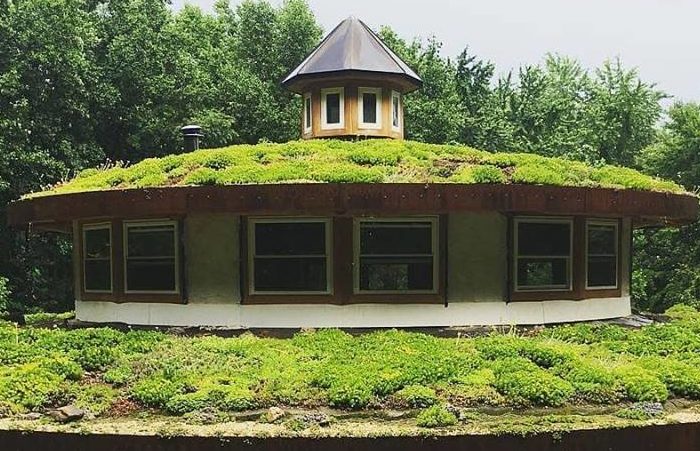
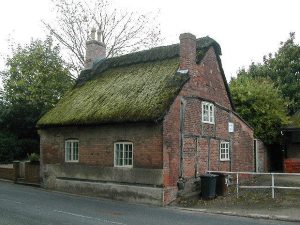
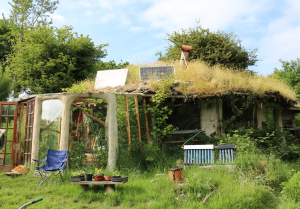
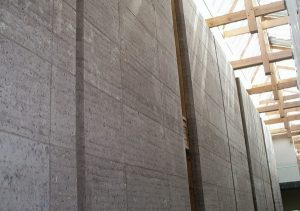
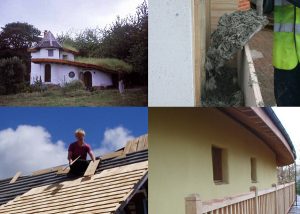
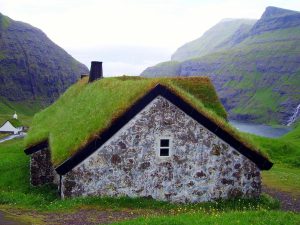
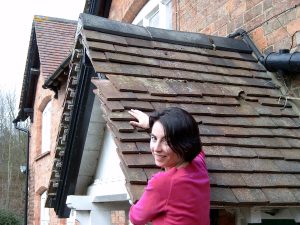
1 Comment
60 mm = 6 cm Rubber, are you sure ?